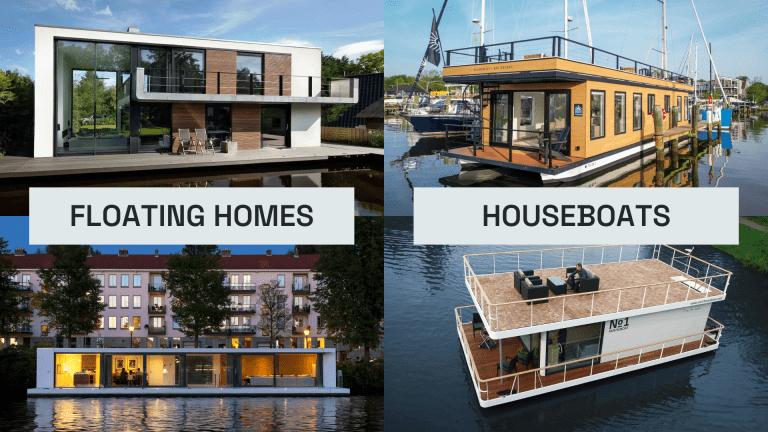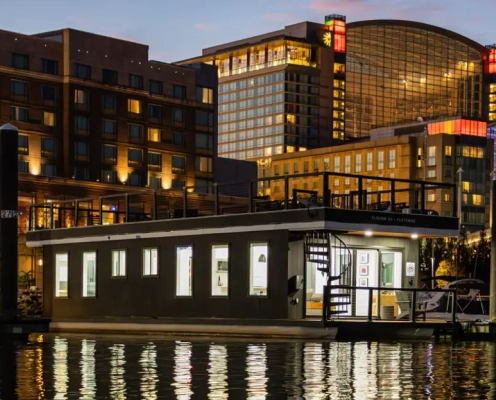FLOHOM Brand Creation Story
To create the FLOHOM brand, we turned to the experts at Longitudeº – a hospitality branding and experience design agency based out of Springfield, Missouri. We felt comfortable that our brand development would be safe in their hands, and witnessing their process has only left us even more assured that we made the right choice. To explore how we got here, we sat down in conversation with two of the extremely talented and imaginative people that led the project, Dustin Myers and Jeremy Wells.
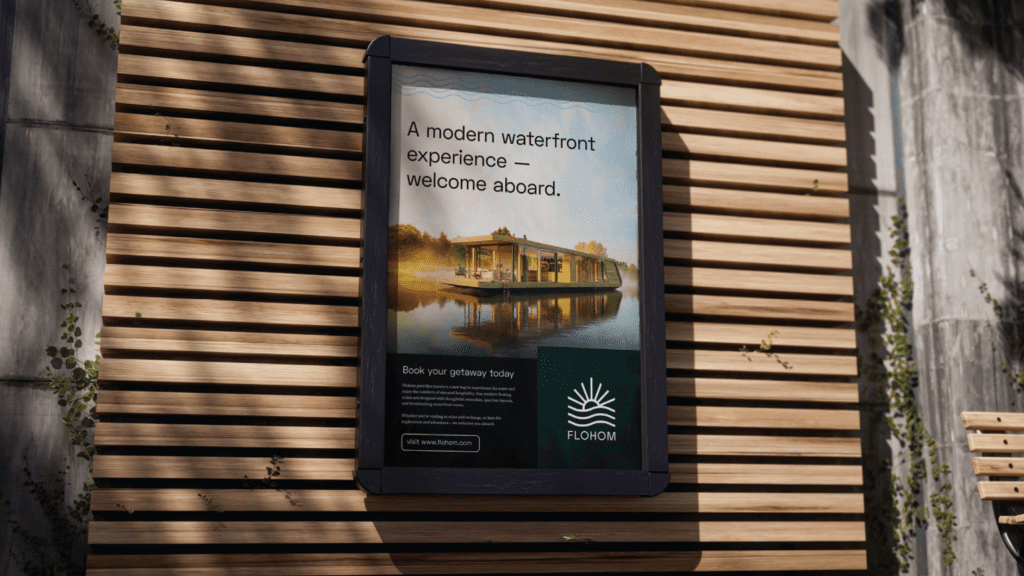
Dustin Myers, head of creative, got into design in high school to explore his imaginative nature and ability to visualize concepts. He was hired as a creative director at a nonprofit in Florida, and relocated right after high school to pursue that position. After a couple of years, he became interested in branching out into other business relationships, which ultimately led him to founding Longitudeº in 2010. Dustin was initially doing all kinds of design work, taking on whatever job came his way — a process he credits for allowing him to learn what actually sparked his passion, landing on brand development.
Jeremy Wells, lead strategist at Longitudeº, spent most of his early career in the digital space, riding the wave of iOS application development and e-commerce while working at a variety of agencies. His focus became centered in user experience and the psychology of decision making, and around 2016 he made the move to start working for himself out of a desire to “scratch the entrepreneurial itch”, to borrow his own words.

Some mutual work projects connected him with Dustin, who at the time was acutely honing in on the restaurant and hospitality space. After eight months of conversations, they made the official move to business partners and dove headfirst into hospitality. They eventually made a slight pivot away from a focus on traditional food and beverage hospitality and into the kind of placemaking and experiential design that they saw cropping up in the unique travel and tourism industry.
Anything where a well developed brand strategy could impact the overall guest experience became what really piqued their interest. In time, the duo would craft what they call “Brand GPS®”, a strategy development framework that allows them to walk employees through the brand creation process. Walk through the entire Brand GPS® process in the Q&A below to catch a glimpse into how these experts and their team are able to transform ideas into experiences.
In 2020 you released a book titled Future Hospitality. Can you tell us about it?
Jeremy: The book is really kind of a culmination of our methodology and approach and how we see what we do… from brand development and strategy to just everything branding in general, and how that translates to the final experience of the guest, and how that can impact your business in a lot of different ways. It’s sort of the marriage of your marketing strategy and your business strategy.
J: A lot of the conversations that we were having with people early on was just breaking down the misconceptions about what exactly branding is. We wanted to basically put it on paper and say “here’s what we’re talking about.” [We showcased] people who were doing it really well and mentioned case studies of other businesses. We broke down our whole process and talked about why it’s important to think about these things, and how to come to these conclusions on your own. It’s a guided, really easy to digest book that summarizes everything we do at Longitudeº.
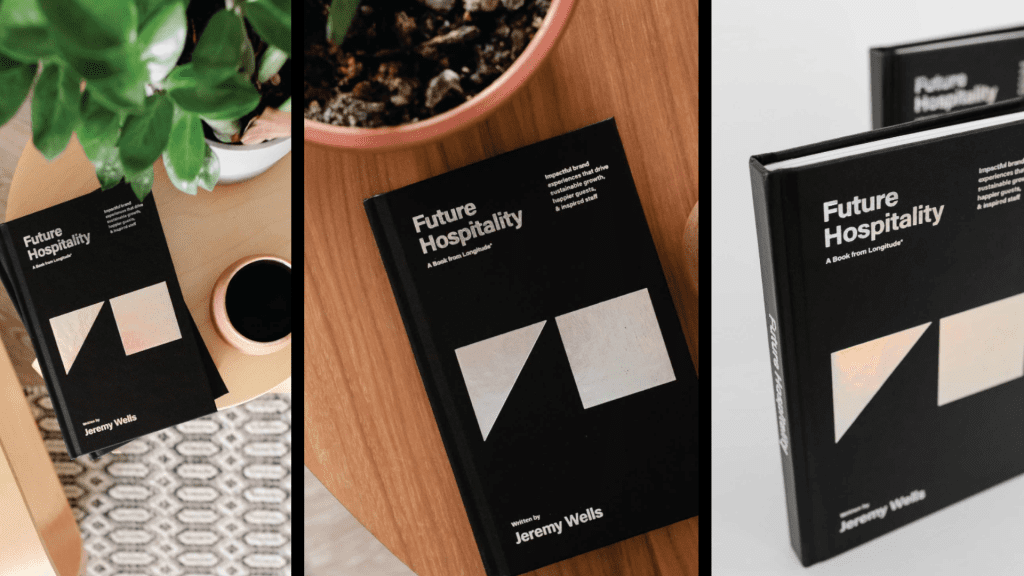
You also have a podcast of the same name. How did that come about?
J: The podcast was really just our way of getting to know more people in the industry who were doing really cool stuff. We saw that as a way to get a foot in the door with people, aside from some random cold email asking to get a coffee or hop on a zoom call. We found that people were fairly open to being on a podcast and kind of talking about themselves and their brand and what they’re doing. It was exciting for us to be able to have those conversations and share those stories.
Dustin: We’re lifelong students, we’re always trying to learn — so part of the vision for the podcast was like, “what better way to learn than to talk to the best people in the industry who are doing it?” It’s helped us immensely from a selfish standpoint, we’ve learned so much getting to talk to the people on our podcast. There’s so many reasons I would tell my younger self to do it sooner if I had the opportunity.
What about FLOHOM that is really exciting to you as a client?
D: When Jeremy first sent me their information, I was very impressed with the deck that I had seen. We get the chance to work with a lot of projects and especially within the boutique hotel industry. There’s kind of a formula and a pattern [for those projects] and it works, which is a good thing. But when we see these out-of-the-box ideas, it’s really exciting to me personally because we get to take all the knowledge base that we’ve assembled to this point, but then get to deploy it in a different kind of medium. It’s something really fresh — the concept for FLOHOM is going to be really well received, so it was exciting to me just to get to work on something that’s in our wheelhouse but a whole new interpretation on it.
J: My early conversations with Brian, I got energized by him disrupting this industry and kind of breathing fresh life into the idea of waterfront living by making floating homes more approachable for the masses and people that just want to experience living on the water. I also love his approach, and it’s something we really connected with. A lot of people limit the idea of “hospitality” to just an industry, but really, it’s a mindset.
D: I just want to add that, we’ve done dozens — probably hundreds of these, and every one of them is different because it depends so much on who the participants are. What I felt like was special about FLOHOM was the variety of backgrounds that went into this project. Brian is a waterman through and through. This isn’t just a cool idea that somebody came up with to make money, this is his passion, connecting people to the water. It was really cool to see how authentic this actually is. The dynamic in the room was really conducive to a lot of great ideas, and the team involved was a huge aspect of why it went so well with the outcomes we got.
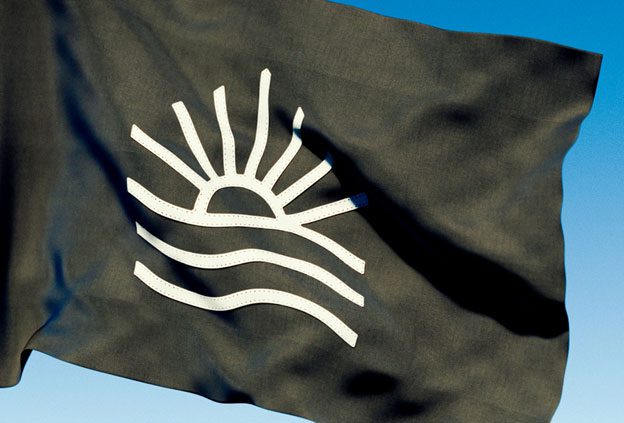
Can you walk us through what steps went into developing FLOHOM’s brand?
J: The way that we split most of the projects we work on at Longitude is, upfront, I’ll usually handle and lead the brand strategy and brand development process from a messaging and workshop standpoint. And then after that phase is complete, Dustin usually takes the reins and acts as a Creative Director and Lead Project Manager for all the visuals, collateral, design, etc.. With this particular project, the name was already set in stone so we didn’t go through our normal naming process. Instead, we dove right into just kind of researching the brand and its competitors, and asking some more questions from Brian and his team, which ultimately led up to our in person “Brand GPS” workshop.
Our workshops are structured like an input session with collaborative brainstorm time. Really the intent is to get the whole project team on the same page as far as the vision, where we’re heading, and the language we’re speaking when it comes to our brand and our business so that we’re all aligned and confident in the direction that we’re heading.
Before we begin, we usually start by recapping what exactly a brand is: it’s really your reputation, and these are reputation building efforts. We want to impact the perceptions you have in the market with your customers, potential investors, and other people.
Then we get into some exercises about what our objective is: What’s in it for the business? Why are we here and what are we trying to accomplish? These are some of the “motivators” –– why they are working on their brand and their strategy today. So that’s what we call a “baseline brainstorm”.
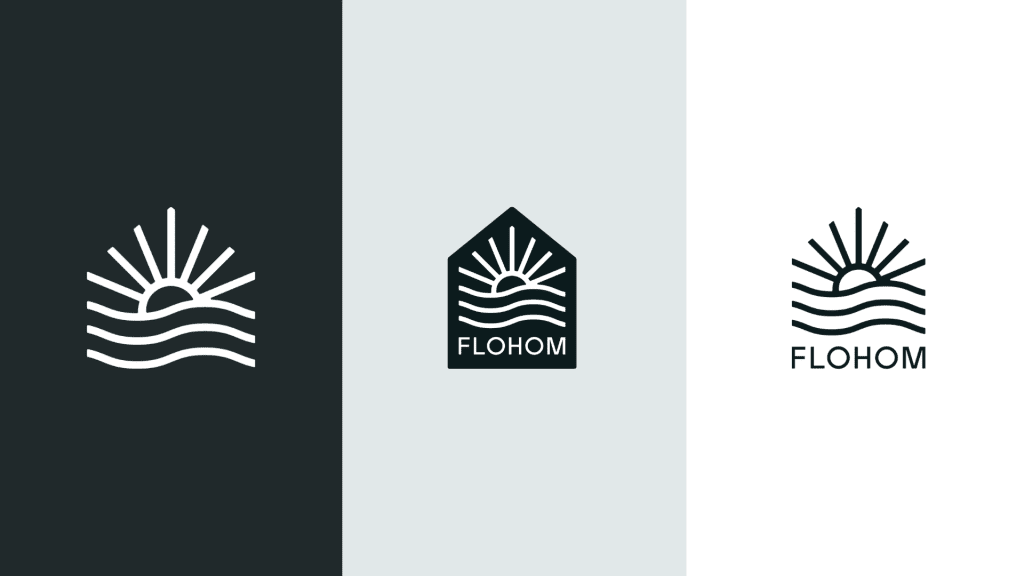
Then we talk about brand persona. We like to help people visualize their brand by personifying it as if it were a person walking down the street. How are they carrying themselves? What are they wearing? What music are they listening to? It’s a fun and collaborative time, but it’s also a very helpful step as we start to understand how we’re going to be carrying ourselves as a brand. When making decisions as a brand, you can start to ask yourself “would this person do this, or say that?”
Guiding Principles is another exercise that we do. Some people might call it core values or brand pillars, but we like to say it’s the three to four most important “we’re going to die on this hill” principles behind your brand. These guiding principles are what are going to lead us into saying yes or no to certain opportunities, they’ll influence our culture, the experience that we’re providing our guests, and so on.
Voice and Tone is a little more on the messaging side. This is the idea that your voice and tone is just as important as the words you say to communicate with your guests and your team. It’s not just what you say, but how you say it. Here is where we pinpoint the type of tone we want to have as a brand.
Ideal Customers goes in depth about who they are, what their needs are, what their motivators are, what kind of social media they might be hanging out on — just everything about our ideal type of guests that we think we’ll be encountering.
The Competitive Landscape is looking at the competition as a whole and asking ourselves questions like, “Who are they? What are they known for? Where are they missing the mark, and how are we different? Why would a customer choose us?”
After the workshop, Dustin and I brainstorm with our team some of the messaging pieces. We come up with a “positioning statement” that quickly summarizes what our differentiators are, the impact we’re trying to make in the market, as well as who we are and what we do. For FLOHOM, we said “The modern waterfront experience, welcome aboard.”
Next is the brand promise messaging piece, which is a little bit more of a long form statement to basically make a promise to our guests, customers, and team as far as what we’re delivering as a brand.
One of the final exercises, where again we’re tying back to how brand development can impact your experience, we want our clients to start visualizing and understanding how we can take everything we talked about today to impact and influence our guest experience. We’d like them to brainstorm: What are the pre-visit touchpoints? How can we make those even more elevated, interesting, unique or more impactful than they already are? How can we make that align with our brand strategy? Same with the actual visit: What are some ways we can elevate that? And then also post-visit, how can we engage with them again, and keep them excited to come back?
From there, when we’re all comfortable and on the same page, we kick off the design phase and Dustin takes the reins.

Dustin, can you talk about what went into the design?
D: So, once we have the strategy nailed down and we have the brand persona, now we have clarity as far as how to visualize the brand at this point. We kick it off with a design direction meeting with the whole team. Basically, our team will pull together a bunch of different images from around the web, and we’ll just go through them and give our reactions. We’ll pick them apart and say “I hate this color palette but I like this font.” Or, “This font feels too West Coast and we need something that’s more mainstream and applicable to everyone.” After making notes on all of these different designs, we try to pull out our favorites and create a visual mood board.
This is where we landed: if you blur your eyes and imagine the FLOHOM brand living in here, then we’d be successfully communicating what we wanted to. We’ve found that over the years, different terms can mean a lot of things to different people. It’s much easier to get on the same page and create a clear direction with visuals.
From here, we had a pretty good marching order set for us and went into the sketching and design exploration phase. I think we spent about two weeks or so on that, just trying different ideas and sketching to the mark that is going to represent the three pillars that we outlined. It needs to look like a brand that could almost be a hotel you would stay at, and technology needs to be a big part of it since it’s a very tech-driven brand. And then, of course, the water component and that being a key differentiator in this brand. We’d test all of our ideas through those three lenses and try to find something that would be both visually pleasing, communicate the right things, and work within the contexts that we have outlined.
When we get to a point where we feel like we might have found “the one”, one of our designers creates 3D renderings so we can visualize what it might look like in the real world, on a billboard advertisement or a little placard sign. It’s one thing to see your logo on a black and white screen, but we think this helps to really take it further.
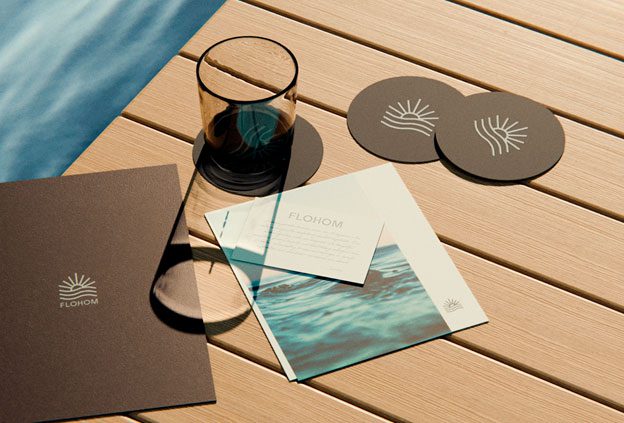
Future Hospitality is available on Amazon and in bookstores everywhere. Listen to Future Hospitality the podcast on Spotify, Apple Music, or SoundCloud. Visit longitudedesign.com for more about their work and how to collaborate.
